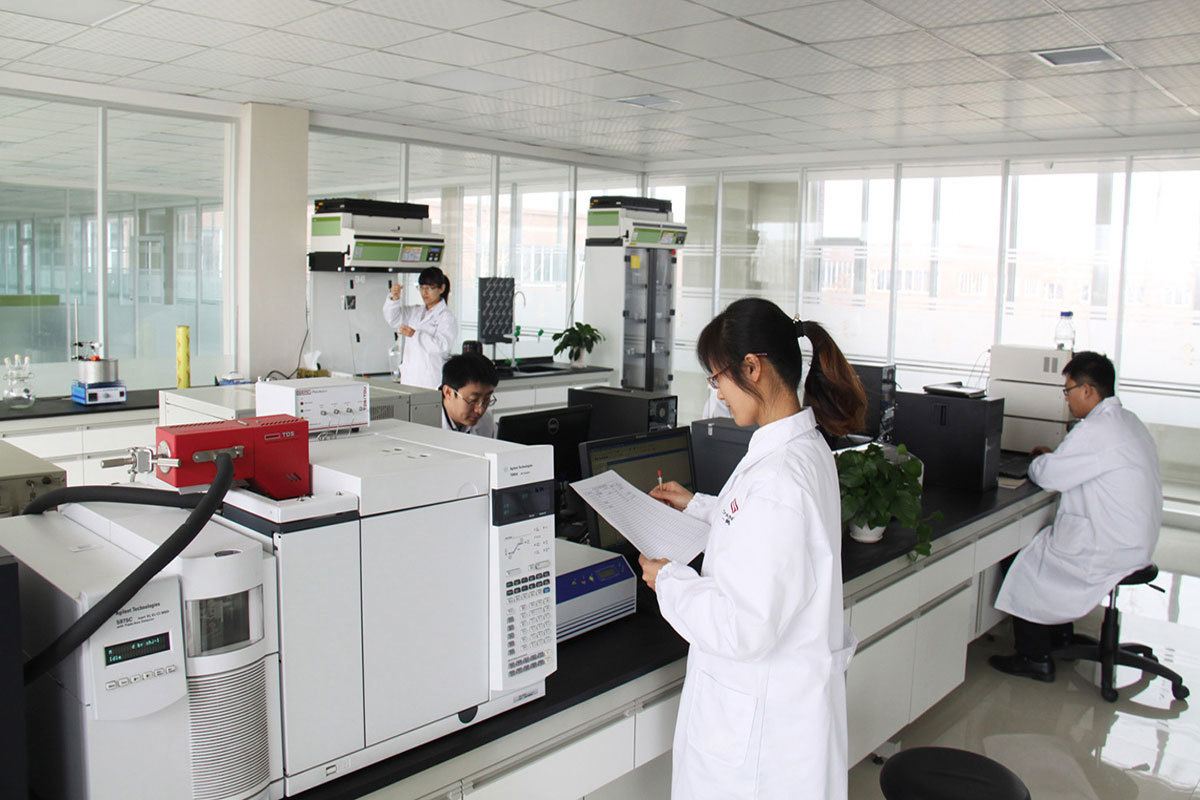Research and Development

The R&D department of the technology center keeps pace with market development, timely grasping cutting-edge information in the industry, and has a highly skilled and technically proficient team. The specialized focus of the sector, including biological enzymatic hydrolysis technology, Maillard reaction technology, microencapsulation technology, spray drying, and vacuum drying technology, stands out in the industry. The R&D center has successively introduced Swiss Hamilton automatic perfuming instruments, American Agilent gas chromatography-mass spectrometry (GC-MS), German GERSTEL thermal desorption (TDS), American thermoelectric near-infrared spectrometers (IR), German IKA laboratory equipment, and French ELAB ductless fume hoods. Precise analytical instruments and advanced experimental equipment provide strong assistance and support for R&D work, and the laboratory has also established a professional flavor and fragrance database.
The scientific basis of biological enzymatic hydrolysis technology is to fully decompose substances through the action of enzymes, using various lipases to selectively cut long fatty chains in milk fat, generating free fatty acids and releasing natural flavoring substances in milk fat.
Maillard reaction technology is a common non-enzymatic browning phenomenon widely applied in food flavors. This technology takes amino acids, reducing sugars, and other precursor substances that produce aroma present in food, and through a series of complex heating reactions under high pressure or normal pressure reflux, generates various rich aromatic substances.
Microencapsulation technology refers to the technique of wrapping various natural or synthetic aromatic components in the form of tiny core materials within solid wall materials through shear emulsification to create particle-type flavors. This technology transforms easily volatile flavor raw materials into less volatile forms after encapsulation, slowing down oxidation and thermal decomposition, thus preserving the fragrance of the flavor more durably.
Spray drying technology involves fully atomizing pre-treated precursor substances containing aromatic components in a drying chamber, where moisture rapidly vaporizes upon contact with hot air, resulting in dry powdered flavors. This technology can dry solutions or emulsions containing aromatic components into powdery or granular products, making the flavors more natural and realistic, with a strong mouthfeel and lasting fragrance.
| Gas chromatography-mass spectrometry. | Ductless fume hood, sample cabinet. |

|

|



